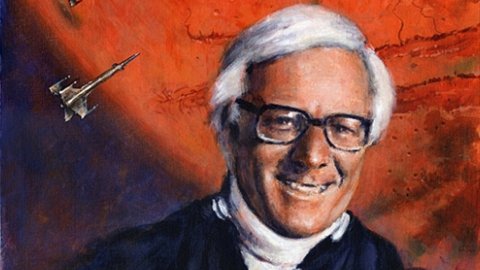The Department of the Russian Language and Literature of the Institute of Media, Social Sciences and Humanities continues the cycle of materials on the “World Bestsellers”, which tells you about the works of world literature that every educated person should read. And today we suggest you to get acquainted with several bestsellers of the American literature of the 20th century, without which it is difficult to imagine the literary world.
Although the American literature originated much later than the literature of European and Asian countries, over the course of time it has underwent wide development and was assigned special significance. The American literature has gifted the world heritage such with classic authors as Mark Twain, Edgar Allan Poe, Theodore Dreiser, Ernest Hemingway, and Ray Bradbury. The American literature is complex and diverse, it presents a variety of genres and raises different topics, but all of them carry universal significance.
We would like to begin with Ernest Hemingway (1899–1961), who was the greatest writer of the 20th century and had a remarkable and tragic fate. He was a talented writer, a master of words, a famous journalist, a freedom fighter, a passionate hunter and a loving father ‑ to mention just a few things about this great author.
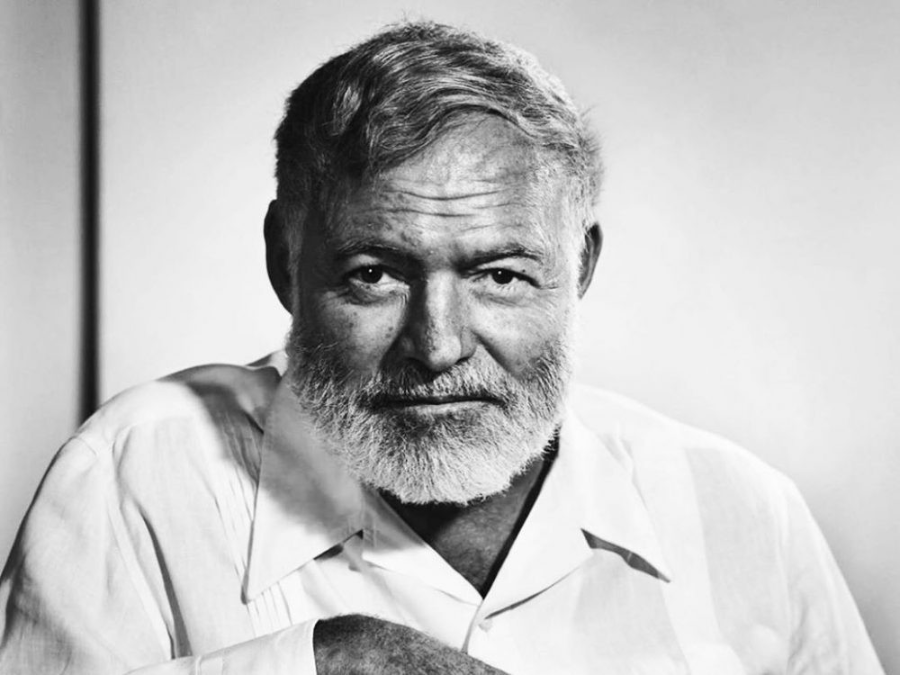
If you have ever heard the expression “A Moveable Feast”, then you may know that this is the title of the Hemingway’s book of memoirs about his life in Paris.
“If you are lucky enough to have lived in Paris as a young man, then wherever you go for the rest of your life, it stays with you, for Paris is a moveable feast,” from Ernest Hemingway’s letter to a friend, 1950.
Hemingway began his literary career as a writer of the Lost Generation; those were the people whose young years were happening during the First World War. In the novels The Sun Also Rises (1926) and A Farewell to Arms (1929), Hemingway describes the tragedy of young people who went to the First World War and faced infernal cruelty and death for the first time.
In 1936, a civil war broke out in Spain, which greatly worried Ernest Hemingway. Having collected money, the writer leaves for Madrid and the next three years of his life are closely connected with the struggle of the Spanish people against fascism. The impressions of the war in Spain were reflected in the novel For Whom the Bell Tolls (1940), which Hemingway considered to be his best work. The themes of love, war and humanism are closely intertwined in the novel, and throughout the whole story there remains a belief that the most joyous feelings are able to withstand and triumph even in the most tragic of times.
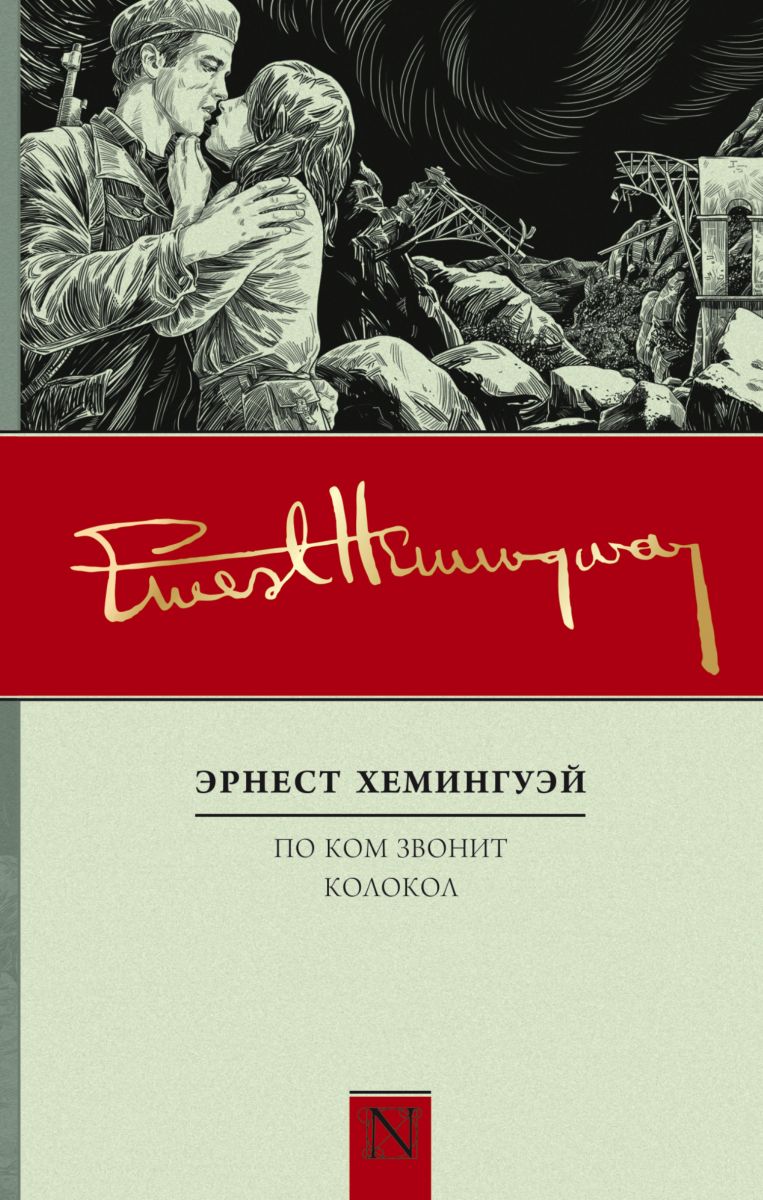
A special place in the American literature is occupied by the novel by Jerome Salinger (1919–2010), The Catcher in the Rye (1951). It is one of the most famous and iconic works of our time, especially with young people.
Salinger sharply and bluntly spoke about the problems of youth in a simple language, about how childhood illusions disappear, how hard it is for teenagers to merge into the adult world.
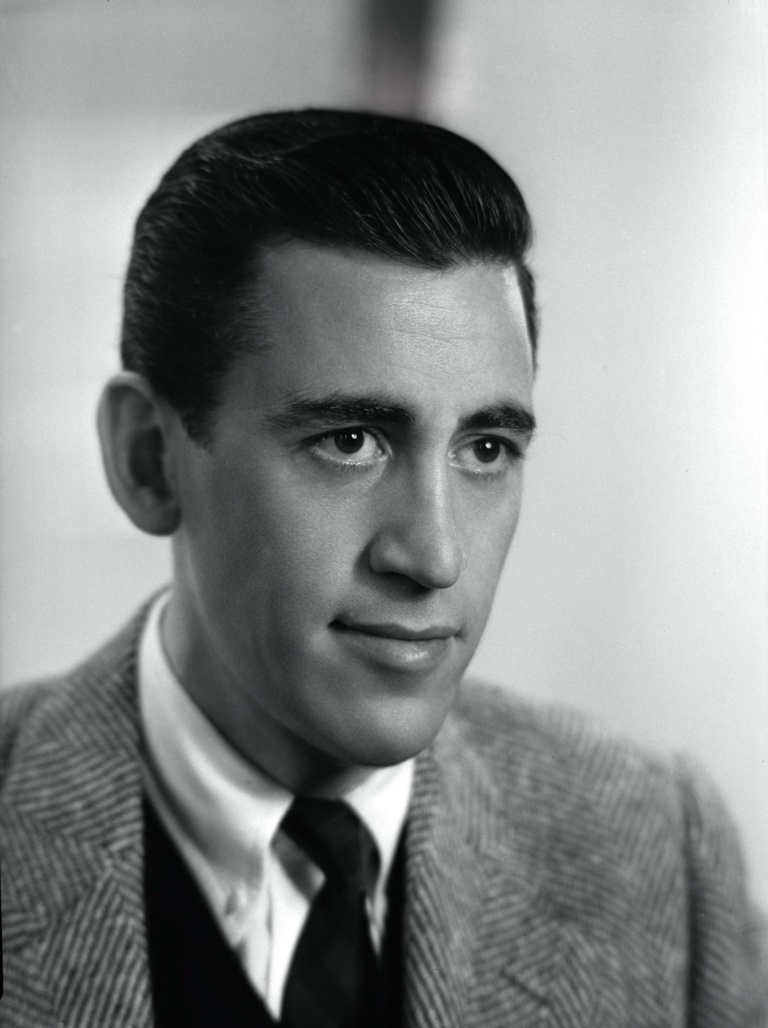
The famous monologue of the 16-year-old hero has become a real symbol of purity and sincerity:
“You see, I imagined how little kids play in the evening in a huge field, in rye. Thousands of kids, and all around - not a soul, not a single adult, except me. And I’m standing on the very edge of the cliff, over the abyss, understand? And my job is to catch the kids so that they don’t fall into the abyss. You see, they play and do not see where they are running, and then I run up and catch them so that they do not break. That is all my work. Guard children over the precipice in the rye. I know this is nonsense, but this is the only thing I really want”.
This book is a yearning for a better world, a world of childhood, in which there is no place for difficulties.
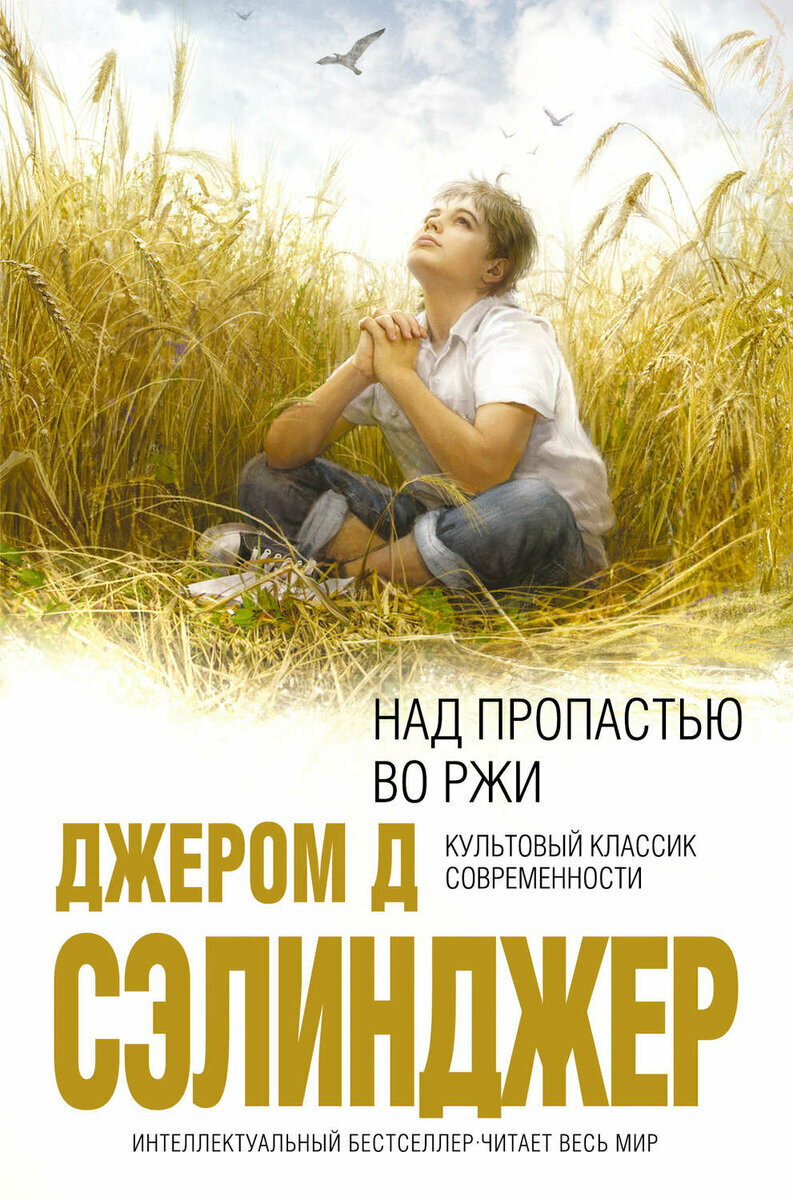
And if we have already touched upon the theme of childhood, then we cannot help but recall the summer story by the world-famous science fiction writer Ray Bradbury (1920-2012). Dandelion Wine (1957) is largely an autobiographical novel that presents a series of stories from the Douglas family, their neighbours, friends and acquaintances. Every summer, the grandfather of the main characters of the story, 12-year-old Douglas and 10-year-old Tom, makes wine from dandelions, which all the adventures and events of each summer are associated with:

“Dandelion wine. The words were summer on the tongue. The wine was summer caught and stoppered…sealed away for opening”.
To understand the book, it is also important to know that the events take place in 1928, before the Great Depression. Ray Bradbury sought to recreate and forever retain the wonderful time that remained in the memory of his compatriots.
Faith in the humanity and the humane, the ability to carry bright memories through your life and a sincere desire to protect those who are dear to you from the troubles is probably something that is really worth learning from the classic authors.




